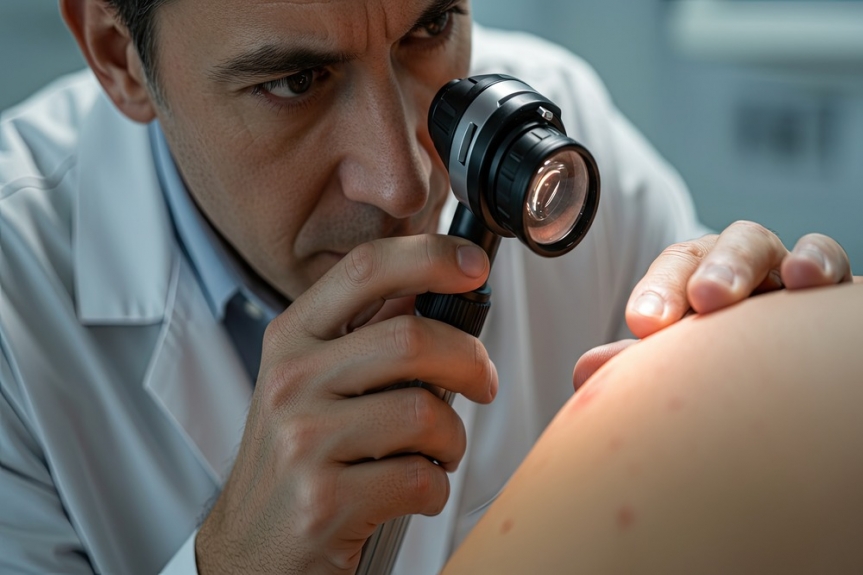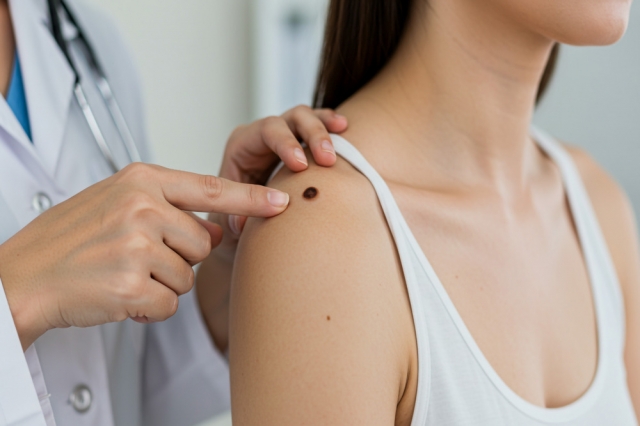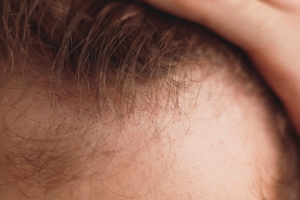The skin is the human body's largest organ. This approximately six pounds of barrier safeguards you from bacteria and temperature changes, among other external factors. So, it's just proper to treat it right by wearing sun protection (such as a broad-spectrum sunscreen), having a regular gentle skincare routine, and staying hydrated at all times. But another crucial step, which is often overlooked, is undergoing a professional skin check.
These assessments are especially important since skin cancer is the most common form of cancer there is. And although it develops silently and quickly, early detection through a professional skin check is a must for one to have the best chance of effectively treating it. However, how often does one need to go through this? Keep reading as this article will reveal the details.
What to Expect During a Professional Skin Check
As to how this process goes, here's what you can expect as you enter your chosen clinic:
Before
You'll be asked to discuss your general medical history, and if you have any personal or family history of skin cancer and other skin conditions. You also need to reveal your level of sun exposure, as well as the medications and vitamins you're taking and skincare products you use. This is also the perfect time to tell the doctor about any moles or spots that feel sore or are growing abnormally.
During
This is a complete examination, which means it involves your entire skin surface. The doctor will inspect your arms, legs, chest, neck, feet, as well as your scalp, face, ears, and nail beds. Then, using a dermatoscope, they'll proceed to examining any suspicious moles and skin lesions.
After
If the doctor found a spot, mole, or lesion that's not outright suspicious, they'll ask you to monitor it over a specific period of time. But in cases of abnormal growth, a biopsy may be recommended. They'll take out either a small, thin layer of tissue or the whole lesion, then send it to a pathologist for analysis. Results may be ready in a week, alongside follow-up instructions, such as for treatment options (if there's a need for any).
A trusted skin cancer clinic in Tweed Heads or a similar facility in your area is the safest, best choice for a professional skin check. They have highly trained and experienced healthcare professionals to guide you every step of the way.

How Often?
Now, for the million-dollar question: How often should one undergo a professional skin check or skin cancer screening? It depends on various factors.
Once Every Two to Three Years
Getting a professional skin check is a great skin cancer prevention measure, but most people don't need to panic and undergo this assessment more than necessary. Once every two to three years should be enough for low to average-risk individuals. They are those who never had a personal or family history of any cancers. Those with darker skin are also in this category, as they've got more of the natural pigment called melanin than people with fairer skin. This means they have better protection against ultraviolet (UV) radiation.
Once or More a Year
High-risk individuals can benefit from more frequent professional skin checks. These include people with a previous skin cancer diagnosis, which could be basal cell carcinoma, squamous cell carcinoma, or melanoma. If you've used tanning beds since before reaching the age of 20 or have had blistering sunburns, you're considered high-risk as well.
If you have dozens of moles larger than normal that are irregularly shaped and have blurred borders, or if you come from a family with a history of skin cancer or atypical moles, it's ideal to have your skin checked at least once a year.
Those who take immunosuppressants have heightened skin cancer risk as well, so an annual professional skin check should be part of their routine too. These include people suffering from an autoimmune disease like inflammatory bowel disease, psoriasis, etc., individuals with HIV (human immunodeficiency virus), or people who had undergone organ transplant.
The Importance of Self Checks
Did you know that most melanoma lesions are discovered by the patients themselves or their partners, not through professional skin checks? Thus, doing a monthly skin self-exam at home can't be overstated.
In a well-lit room, after you've taken a shower, use a full length mirror and a handheld one to check the entirety of your skin, from your scalp down to the bottoms of your feet. You may ask the assistance of a loved one to take on this task with you. Take note of any suspicious moles or lesions. You may take photos of these growths so you can track them properly.
Refer to the ABCDEs of melanoma in your self-examination:
Asymmetry - half of the mole doesn't match the other
Border - uneven or irregular borders or edges (scalloped, notched, etc.)
Color - varying shades in a single mole
Diameter - a mole is larger than six millimeters
Evolving - a mole changes in color, shape, or size over time
Once you find a spot that checks any of these boxes, immediately schedule an appointment with your trusted dermatologist. As said earlier, early detection is key to effectively treating skin cancer.
Conclusion
How often one should get a professional skin check depends on various risk factors, as explained in the above discussion. But self-awareness can make all the difference, so conduct those personal skin exams regularly. If you've discovered a suspicious growth on your skin, don't waste time; contact a reliable dermatologist right away.






